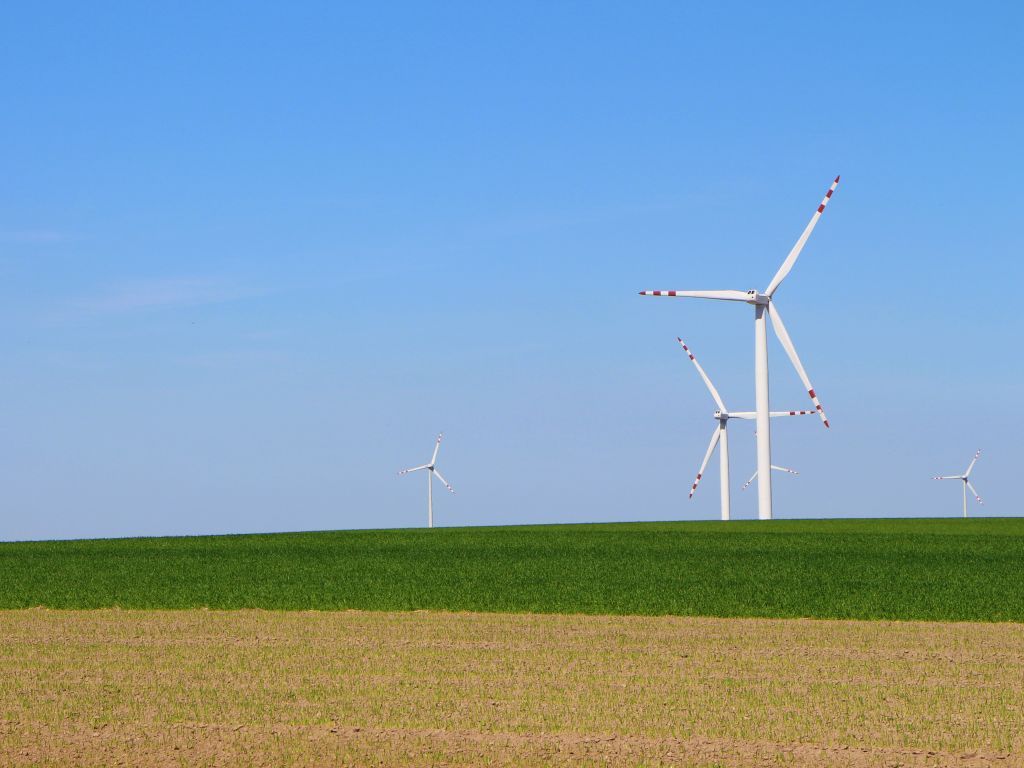Fertile land throughout Serbia being turned into building land – Over one million hectares of arable land lost
(Photo: Grzegorz Gorniak/unsplash)

The price we pay for the expansion of cities and the growth of the number of their residents is the loss of arable land. Aware that farming land keeps one alive in rural areas, Slobodan Ilic from Majur near Sabac is not neglecting his property of several hundred hectares, and he also has 78 cows.
– This area of 320 hectares has been fully transformed into building land. Cows used to graze there, pigs, sheep… As children, we used to spend our time here during school holidays, taking care of the livestock and enjoying some fruits of our labor – says Slobodan Ilic, a farmer from Majur.
In the Podunavlje District, there are over 45,000 hectares of arable agricultural land, with the quality ranging from the first to the seventh class. Maize is grown the most, and fruit and vegetables are grown where the land is the most fertile.
– The City of Smederevo takes care of agricultural land by complying with all the valid rulebooks and, without the approval of all the competent organs, the repurposing of agricultural land for some other purpose cannot be done. As agriculturists say, there is no bad farming land, just bad maintenance of that farming land – says Goran Pavlovic, the member of the City Council in charge of agriculture in the City of Smederevo.
Agricultural production more important than industrial production
Dr. Aleksandar Leposavic of the Fruit Research Institute in Cacak says that agricultural production plays a significant role, much greater than industrial production.
– And that should certainly be protected and, in some way, there’s a lot of talk about increasing the degree of processing, but that’s also one of the ways of improving people’s lives – says Leposavic.
Serbia has four million and seventy-five thousand hectares of arable land, and three and a half million hectares are farmed.
– Soil can be lost in a second if it is taken up by a building or concrete, and it takes thousand of years for it to be formed. That is why soil has been pronounced a non-renewable natural resource, a limited resource, especially relative to our increasing demands for soil. Ninety-five percent of the food produced in the world comes from the soil – says Jordana Ninkov of the Institute of Field and Vegetable Crops in Novi Sad.
EU loses land area the size of Berlin each year
The agri-economist Milan Prostran says that the European Union loses a land area the size of Berlin each year due to water landslides alone.
– For that reason, we have to take care that, even when we’re talking infrastructure, it is built on less arable areas and to preserve these resources, which are the most valuable resources that a country can have nowadays – points out Prostran.
History, agri-economists say, teaches us that man has always honored soil and that he has never built houses on arable land, but on its outskirts.
Companies:
 Grad Smederevo
Grad Smederevo
 Institut za voćarstvo Čačak
Institut za voćarstvo Čačak
 NS SEME Institut za ratarstvo i povrtarstvo Novi Sad
NS SEME Institut za ratarstvo i povrtarstvo Novi Sad
Tags:
City of Smederevo
Fruit Research Institute Čačak
Institute of Field and Vegetable Crops Novi Sad
Majur near Šabac
Aleksandar Leposavić
Jordana Ninkov
Milan Prostran
Slobodan Ilić
Goran Pavlović
arable land
farms
building on arable land
turning agricultural into building land
Comments
Your comment
Naš izbor
Most Important News
Full information is available only to commercial users-subscribers and it is necessary to log in.
Follow the news, tenders, grants, legal regulations and reports on our portal.
Registracija na eKapiji vam omogućava pristup potpunim informacijama i dnevnom biltenu
Naš dnevni ekonomski bilten će stizati na vašu mejl adresu krajem svakog radnog dana. Bilteni su personalizovani prema interesovanjima svakog korisnika zasebno,
uz konsultacije sa našim ekspertima.


 Izdanje Srbija
Izdanje Srbija Serbische Ausgabe
Serbische Ausgabe Izdanje BiH
Izdanje BiH Izdanje Crna Gora
Izdanje Crna Gora


 News
News







